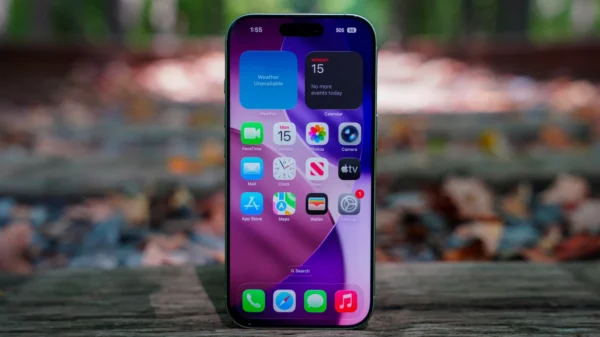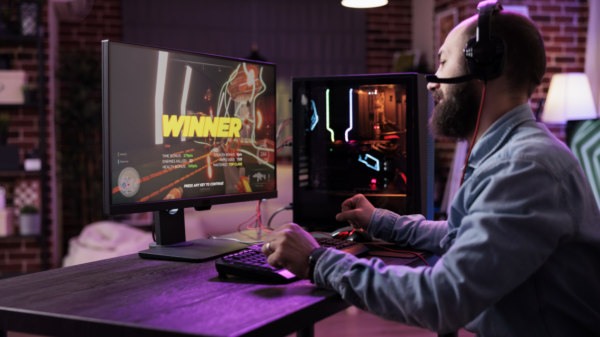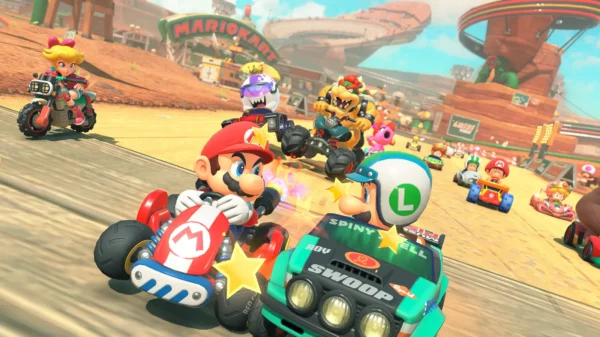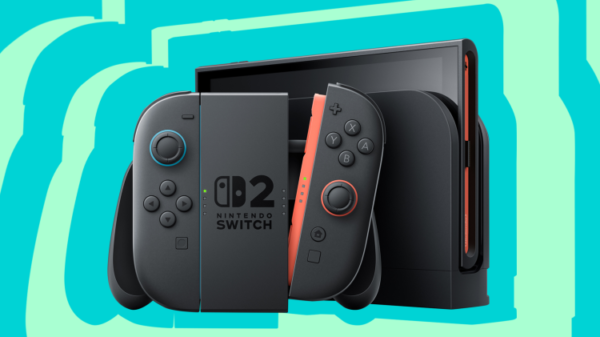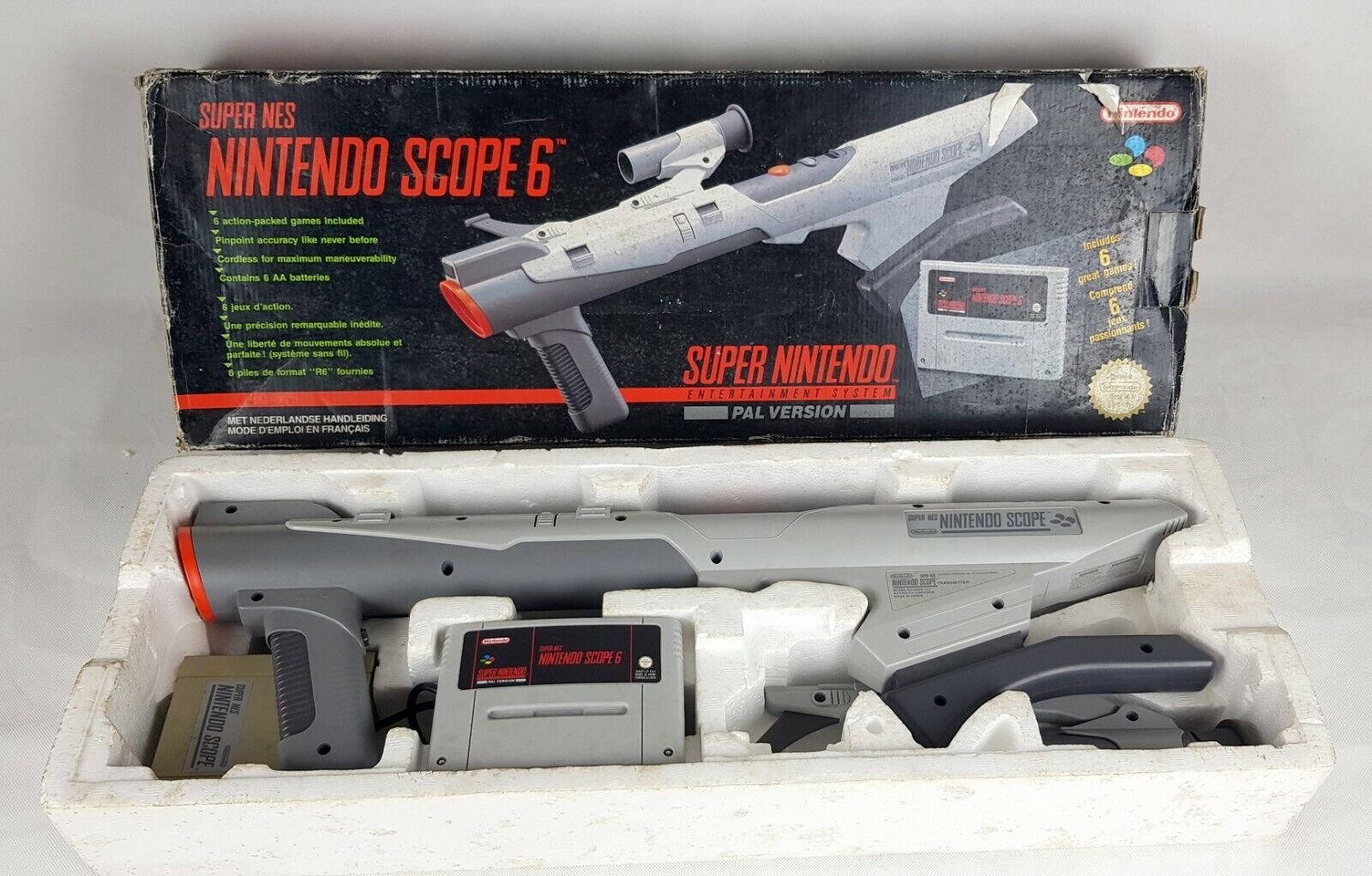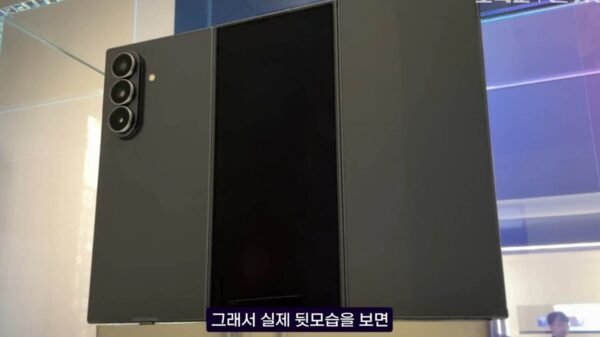Nintendo, the iconic gaming company with a rich history dating back to 1889, has created numerous entertainment marvels over the years. From playing cards to the iconic Nintendo Entertainment System (NES) and beyond, Nintendo’s journey has been filled with successes and innovations. However, like any innovative company, some products fell out of production, leaving us with a sense of nostalgia and a desire to see them return. In this article, we explore five Nintendo products that should have never been discontinued and how they could make a triumphant return to the gaming world.
1. The Nintendo Power Glove: Ahead of Its Time
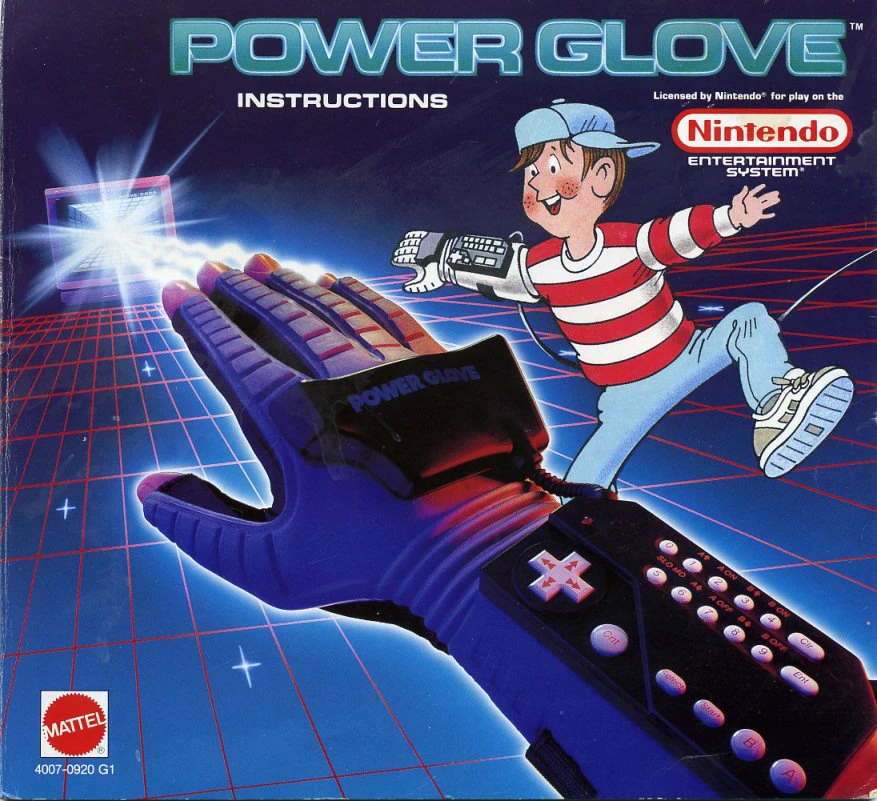
Photo:
Nintendo
Back in the 1980s, Nintendo introduced the world to the futuristic Nintendo Power Glove. Featured in the movie “The Wizard,” this revolutionary accessory aimed to replace the traditional square handheld controller with a glove adorned with Nintendo’s controller buttons. The Power Glove was actually a Mattel product, but Nintendo supported and endorsed it, making it a crucial plot point in the movie.
The Power Glove generated substantial hype and excitement about the future of video game controllers. Unfortunately, with only two games specifically made for the device, “Super Glove Ball” and “Bad Street Brawler,” the Power Glove didn’t live up to its full potential. Despite its early attempts at motion controls, it couldn’t match the natural and precise movements of the traditional Nintendo controller. However, with advancements in technology, the Power Glove could find new life in modern virtual reality setups, providing an immersive and interactive gaming experience.
2. The Virtual Boy: A Glimpse into 3D Gaming
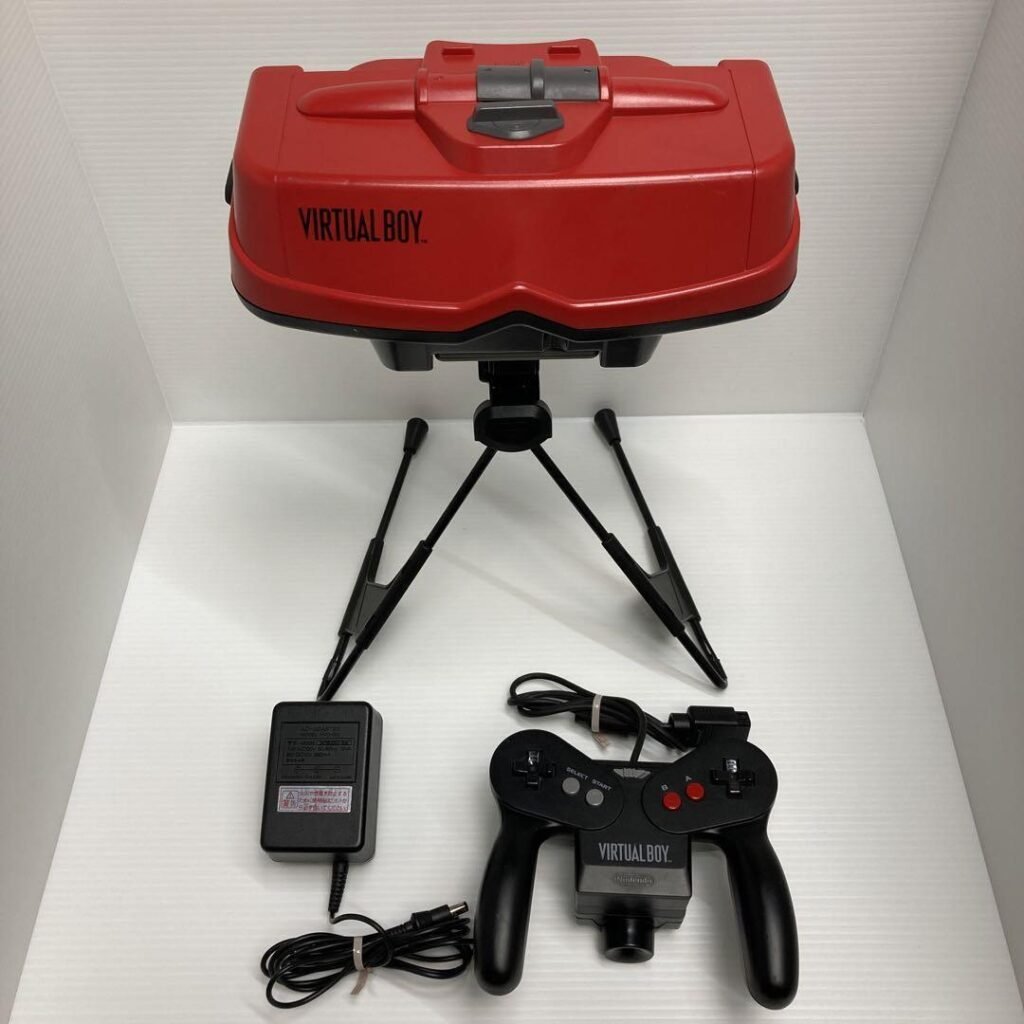
Photo: Nintendo
The Nintendo Virtual Boy, released in 1995, was an ambitious attempt at introducing 3D gaming. Unlike its contemporaries, the Virtual Boy was a stand-alone system, resembling modern virtual reality headsets. Unfortunately, a combination of factors, including a lack of resources and a relatively high price tag, hindered its success.
The Virtual Boy utilized a 32-bit operating system, placing it between the 16-bit Super Nintendo and the 64-bit Nintendo 64. This resulted in the reallocation of resources from the Virtual Boy to the Nintendo 64, causing the former to suffer. With today’s advancements in virtual reality technology, a modern iteration of the Virtual Boy with improved graphics and a more comfortable design could be a surprising success among gaming enthusiasts.
3. R.O.B.: The Robotic Operating Buddy
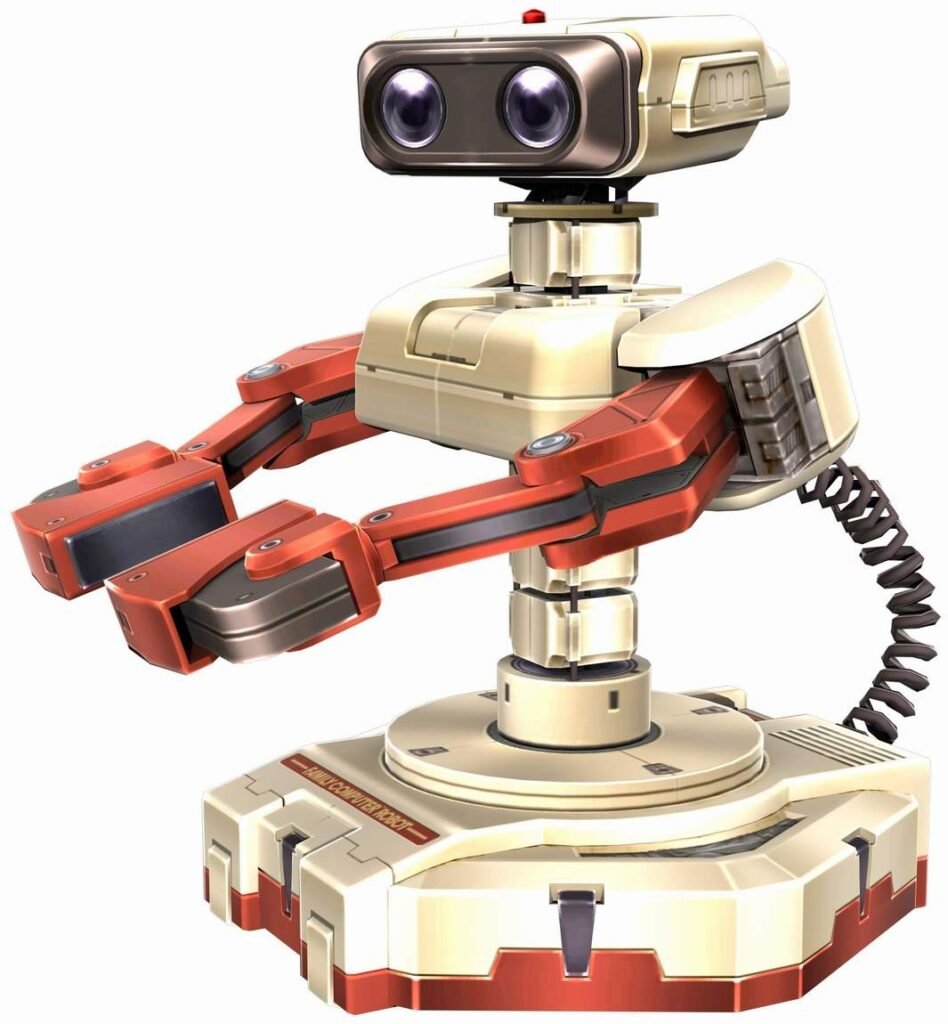
Photo:
Nintendo
R.O.B., short for Robotic Operating Buddy, made its debut as an accessory bundled with the first Nintendo home entertainment system. It was introduced during the video game crash of the 1980s as a strategy to attract younger consumers to the brand.
Surprisingly, R.O.B. became one of the primary reasons for many people to buy a Nintendo system. Standing around 9 inches tall, R.O.B. was used in conjunction with the Nintendo, featuring two games that required the use of R.O.B.: “Gyromite” and “Stack-Up.” Despite its success, R.O.B. eventually faded into obscurity. In today’s era of advanced technology and AI, an updated version of R.O.B. with smartphone or Nintendo Switch compatibility and basic artificial intelligence programs could capture the imagination of a new generation of gamers.
4. The Super Scope: A Modern-Day Shooter’s Dream
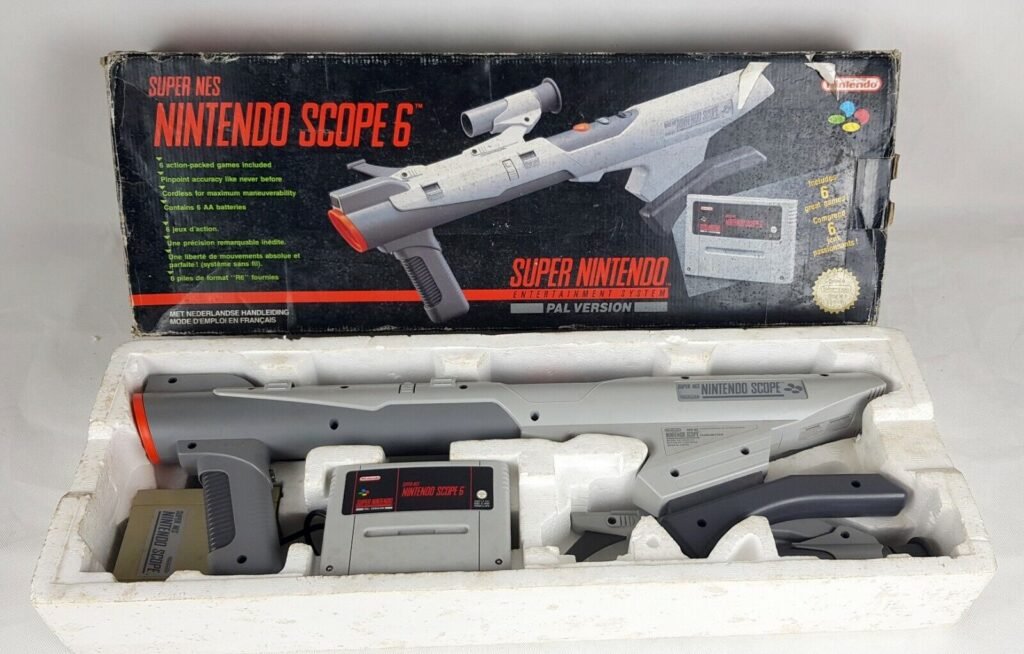
Photo: Nintendo
The Super Scope, a light gun controller for the Super Nintendo, allowed players to engage in on-screen action with precision and accuracy. With its unique design and functionality, it became a popular accessory for shooting games of its time.
In today’s gaming landscape, first-person shooters and shooting games have become immensely popular. A reimagined Super Scope, with updated compatibility for modern consoles and a sleeker design, could capitalize on the success of current shooter games. This revamped Super Scope would give gamers an unparalleled shooting experience, bringing back nostalgia while catering to contemporary gaming preferences.
5. Famicom Disk System: A Journey into the Past
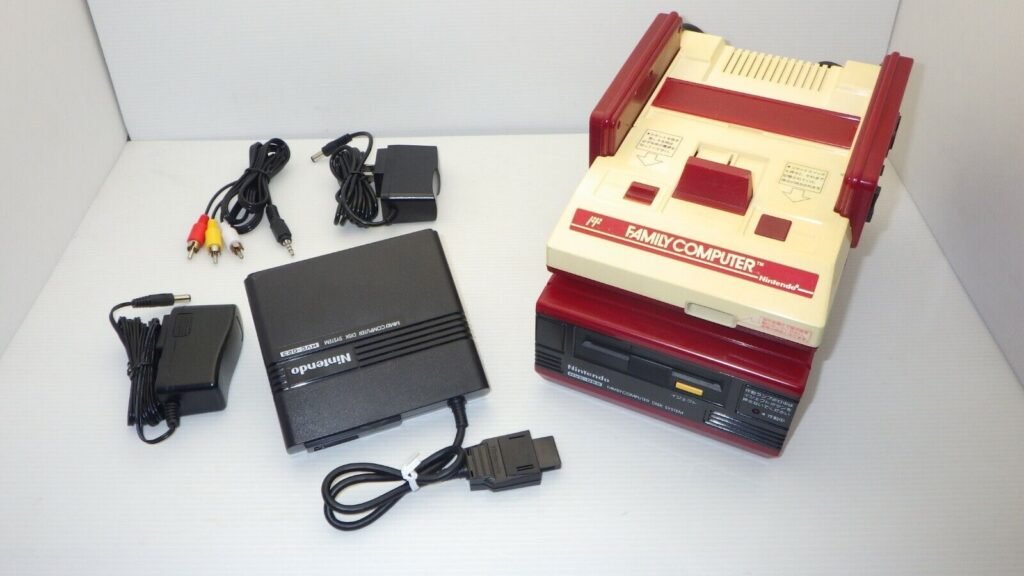
Photo: Nintendo
The Famicom Disk System was an accessory for the Nintendo Family Computer (Famicom) in Japan. It utilized floppy disks to expand the capabilities of the Famicom, enabling game saves and additional content. However, this accessory was never officially released outside of Japan.
With the resurgence of retro gaming and classic consoles, reintroducing the Famicom Disk System to a global audience could be a nostalgic trip for longtime Nintendo fans. By providing support for classic games and offering modern conveniences like cloud-based game saves, the Famicom Disk System could find a new market among gaming enthusiasts seeking a blend of nostalgia and convenience.









